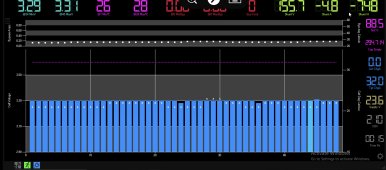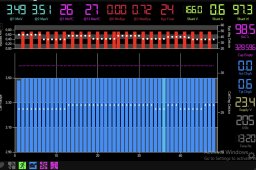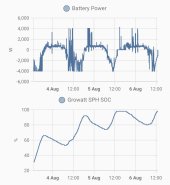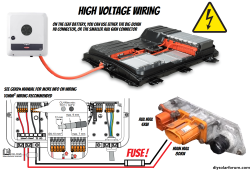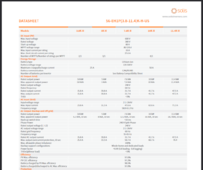My mate deconstructed a Nissan Leaf battery pack to build a 48V system. It was a lot of work and a PITA - creating the BMS loom alone took a couple of days. Making bus bars, building a rack to hold the cells - all in all, counter-intuitive to me.
I don't like the idea of transforming 24V DC to 240V AC as you end up losing about 8% in the process. Transforming 405V to 240V ends up in losses of about 2%.
I'm going to use a 405V Nissan Leaf 24kWh pack as-is. No deconstruction of the pack, use it and it's control systems in place
I've got an RS485 <> CAN-BUS controller that allows the Inverter to talk to the pack by converting the battery CAN data into Modbus RTU registers
Hook it up to a Fronius Gen24, tell the controller what kind of battery to emulate (Tesla, Leaf, etc.) and you have a 24kWh pack with integral BMS at no extra cost or effort than the CAN <> RS485 controller (US$25)
Other advantages are - weatherproof, safe, reliable. Being an EV pack, you can orient it in any plane - I will mount it vertically against the wall below the inverter. It has all sorts of nice bolt holes that are handy for mounts.
One thing my mate found - after a year and a half of use, the overall state of charge of the pack retuned from 56% to over 80%. Probably due to the much more gentle solar charge/discharge cycle, compared to hauling a tonne and a half around.
Packs here in NZ run to NZ$3000-4000
View attachment 167047




